- Empty cart.
- Continue Shopping
Ilavangam (Cinnamomum zeylanicum)
₹40.00
In Malayalam it is called as “karugapatta” and in Tamil “pattai” or “lavangappattai.” In Indonesia, where it is cultivated in Java and Sumatra, it is called “kayu manis” and sometimes “cassia vera”. In Sri Lanka, in the original Sinhala, cinnamon is known as “kurundu,”[3] recorded in English in the 17th century as Korunda.[4] In Sanskrit cinnamon is known as “tvak” or “dārusitā. In Urdu, Hindi, and Hindustani cinnamon is called dalchini, in Assamese it is called “alseni,” and in Gujarati “taj.” In Arabic it is called “qerfa.”
Out of stock
Cinnamon (Cinnamomum verum, synonym C. zeylanicum) is a small evergreen tree 10–15 metres (32.8–49.2 feet) tall, belonging to the family Lauraceae, and is native to Sri Lanka.[1]
The leaves are ovate-oblong in shape, 7–18 cm (2.75–7.1 inches) long. The flowers, which are arranged in panicles, have a greenish color, and have a distinct odor. The fruit is a purple one-centimeter berry containing a single seed.
Its flavor is due to an aromatic essential oil that makes up 0.5% to 1% of its composition. This oil is prepared by roughly pounding the bark, macerating it in seawater, and then quickly distilling the whole. It is of a golden-yellow color, with the characteristic odor of cinnamon and a very hot aromatic taste. The pungent taste and scent come from cinnamic aldehyde or cinnamaldehyde and, by the absorption of oxygen as it ages, it darkens in colour and develops resinous compounds. Chemical components of the essential oil include ethyl cinnamate, eugenol, cinnamaldehyde, beta-caryophyllene, linalool, and methyl chavicol.
The name cinnamon comes from Greek kinnámōmon, itself ultimately from Phoenician. The botanical name for the spice—Cinnamomum zeylanicum—is derived from Sri Lanka’s former (colonial) name, Ceylon.[2]



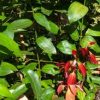
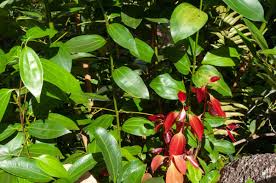
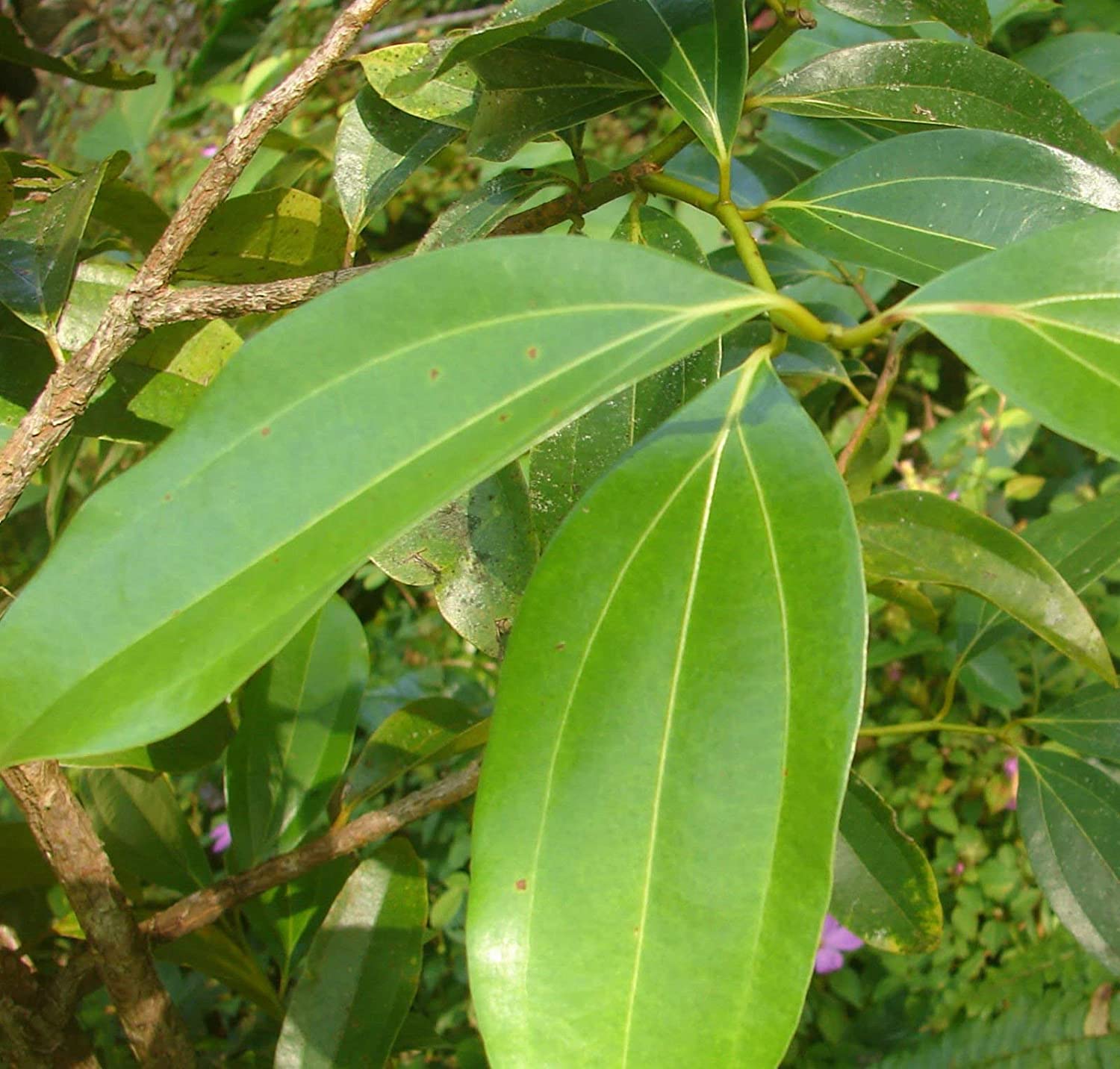
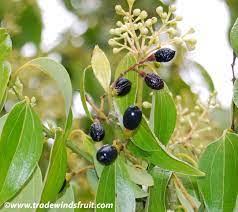

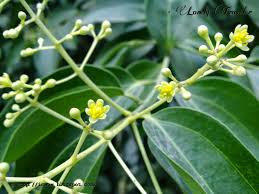



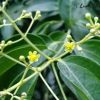





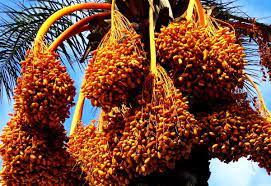
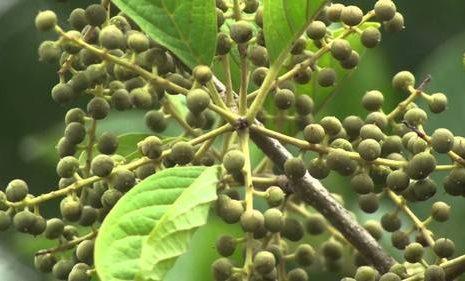



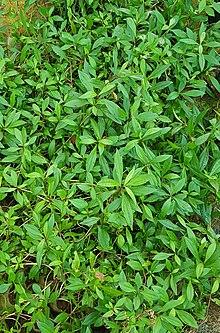
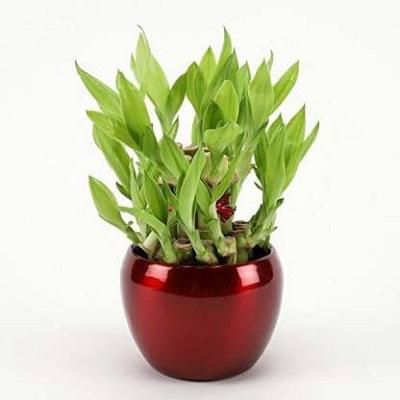
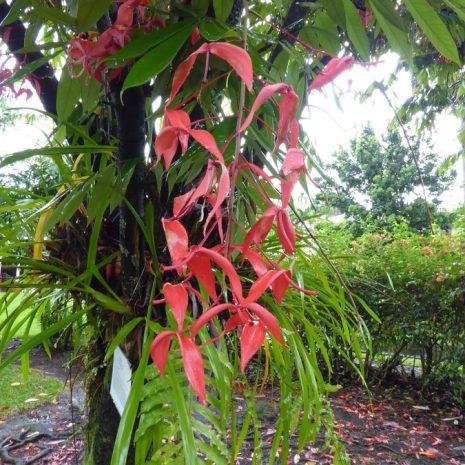

Reviews
There are no reviews yet.